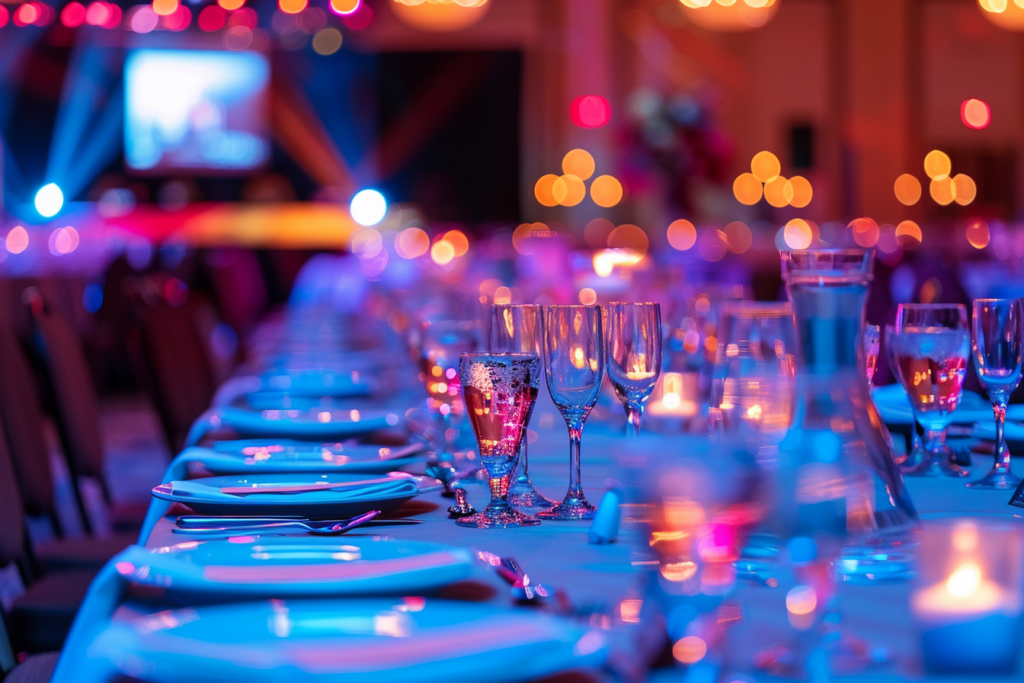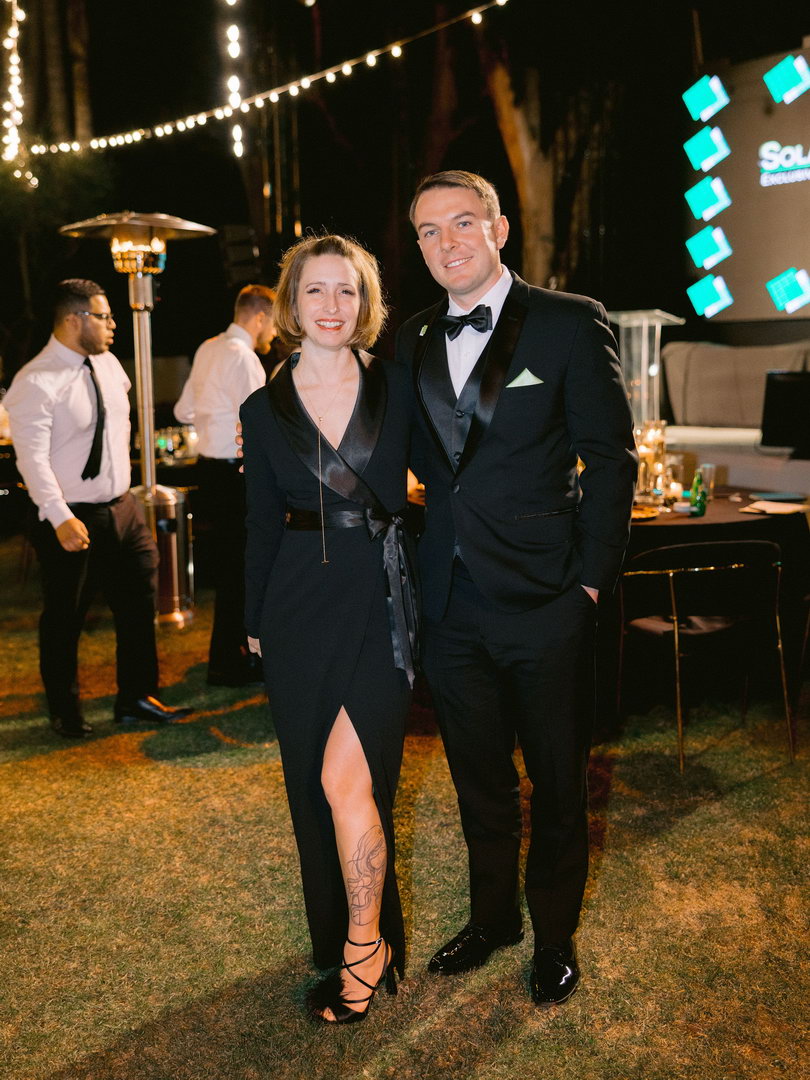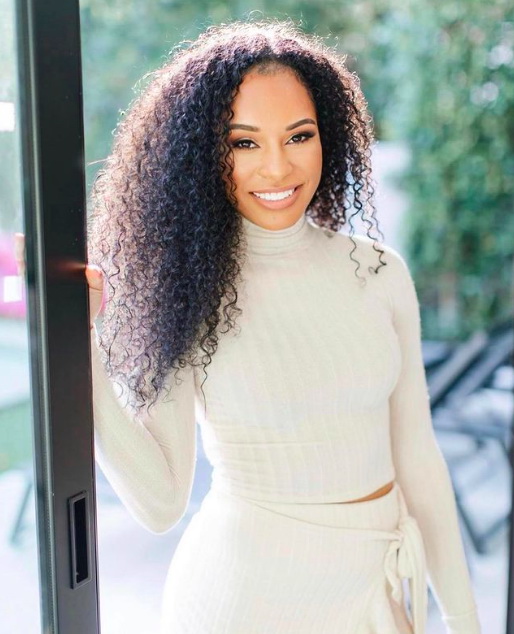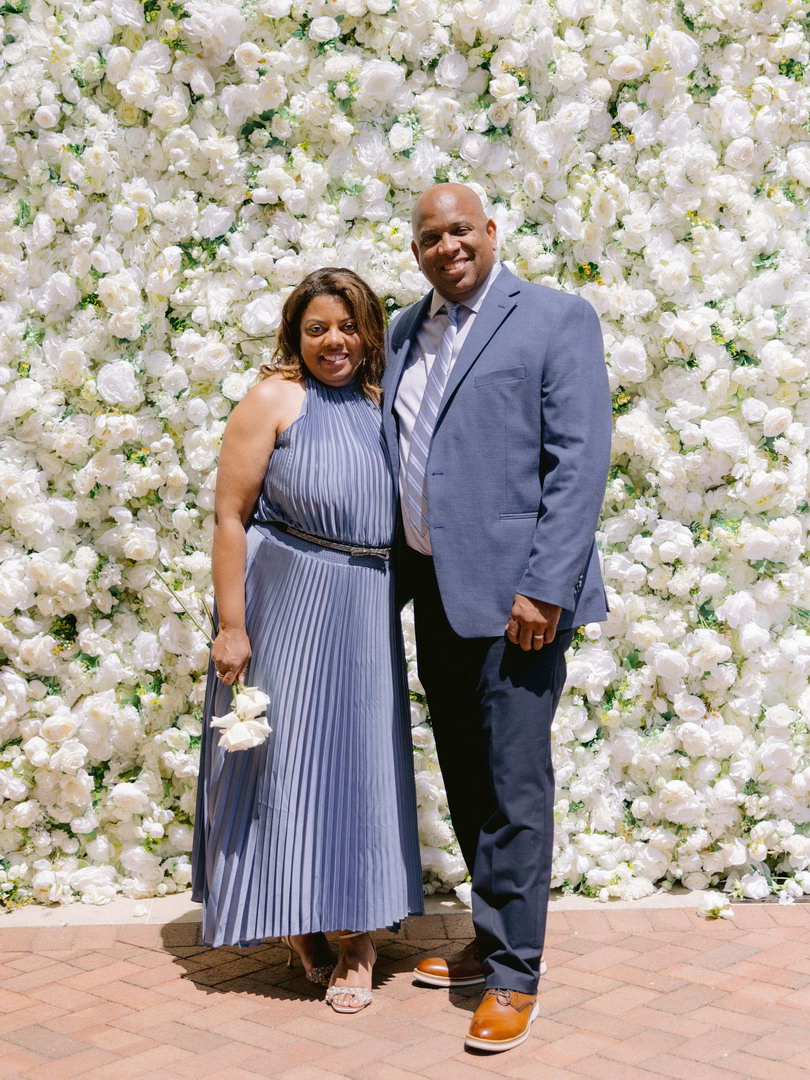Creating a successful event is an art. And at the very heart of that art lies a meticulously crafted event agenda. It’s the blueprint that guides every moment of your event, ensuring that everything runs smoothly and your attendees leave satisfied.
Whether you’re a seasoned event planner, a corporate organizer, or a small business owner, understanding how to create an effective event agenda is crucial. This guide will walk you through the process step-by-step.
Importance of a Well-Crafted Event Agenda
A well-crafted event agenda is the backbone of any successful event. It provides a clear roadmap for both organizers and attendees, setting expectations and ensuring that every moment is accounted for. It helps in maintaining the flow of the event, keeping everyone on track, and ensuring that all objectives are met. Without a solid agenda, events can quickly become disorganized, leaving attendees feeling confused and unsatisfied.
In this guide, we will cover everything you need to know about creating an effective event agenda—from understanding your event and audience to finalizing and sharing the agenda. Let’s dive in!

Understanding Your Event and Audience
Defining the Purpose and Objectives of Your Event
Before you can craft an effective event agenda, you need to clearly define the purpose and objectives of your event. Ask yourself these key questions:
- What is the main goal of the event?
- What do you hope to achieve by the end of the event?
- Who are you trying to reach with this event?
Understanding the purpose and objectives will help you create a focused agenda that aligns with your overall goals. For example, a corporate training session will have different objectives compared to a product launch event.
Knowing Your Audience and Their Preferences
Knowing your audience is just as important as understanding the event’s purpose. Different audiences have different needs and preferences, which should be considered when planning your agenda. Consider factors such as:
- Age group
- Professional background
- Interests and preferences
- Expectations from the event
Conduct surveys or focus groups to gather information about your audience. This data will be invaluable in tailoring your agenda to meet their needs, ensuring a more engaging and successful event.
Setting Clear Objectives and Goals
How to Define Measurable Objectives
Once you have a clear understanding of your event’s purpose and your audience, it’s time to set measurable objectives. These objectives should be Specific, Measurable, Achievable, Relevant, and Time-bound (SMART).
For instance:
- Increase attendee engagement by 20%
- Generate 50 new sales leads
- Achieve a 90% satisfaction rate from participants
Setting measurable objectives will help you track the success of your event and make necessary adjustments to your agenda.
Aligning Objectives with the Event’s Overall Purpose
Your objectives should always align with the overall purpose of the event. For example, if the purpose of your event is to educate, your objectives might include providing comprehensive resources and facilitating interactive workshops. By aligning your objectives with the event’s purpose, you ensure that every part of your agenda contributes to your overall goals.
Creating a Flexible Schedule
Breaking Down the Event into Segments
A well-organized event agenda breaks down the event into manageable segments. These segments might include:
- Welcome and Registration
- Keynote Speeches
- Breakout Sessions
- Networking Breaks
- Closing Remarks
Breaking down the event into segments helps in organizing content, speakers, and activities efficiently. It also makes it easier for attendees to follow along and stay engaged.
Understanding the Importance of Flexibility in the Schedule
While it’s important to have a structured agenda, it’s equally important to allow for flexibility. Unexpected issues can arise, and being able to adapt your schedule is key to maintaining a smooth event flow. Buffer times between sessions and allowing for flexibility can help you handle unforeseen challenges without disrupting the event.

Choosing the Right Format
Overview of Different Agenda Formats
There are various formats you can choose from when creating an event agenda, including:
- Linear Agendas: A straightforward, time-based schedule
- Thematic Agendas: Organized around specific themes or topics
- Interactive Agendas: Focused on audience participation and engagement
Each format has its advantages and disadvantages, and the best choice depends on the nature of your event and your audience.
Selecting the Best Format for Your Event
Choosing the right format involves evaluating the objectives and audience preferences. For example, an interactive format might be best for a workshop or training session, while a thematic agenda might be more suitable for a conference or symposium. Consider what will best serve your event’s purpose and keep your audience engaged.
Filling in the Details
Adding Speakers, Activities, and Breaks
Once you have the basic structure of your agenda, it’s time to fill in the details. This includes:
- Selecting and scheduling speakers
- Planning activities and breakout sessions
- Scheduling breaks for networking and refreshments
Make sure to allocate sufficient time for each segment and consider the flow of the event. A well-paced agenda keeps attendees engaged and prevents fatigue.
Utilizing Technology to Enhance the Agenda
Technology can significantly enhance your event agenda. Use event management software and mobile apps to streamline planning and provide attendees with real-time updates. Tools like event apps can also facilitate networking, provide interactive maps, and offer personalized schedules.
Finalizing and Sharing the Agenda
Reviewing the Agenda for Coherence and Accuracy
Before sharing your agenda, review it thoroughly to ensure coherence and accuracy. Check for:
- Consistent formatting
- Accurate timings and speaker names
- Clear descriptions of each segment
A well-reviewed agenda reflects professionalism and attention to detail.
Tips for Sharing the Agenda with Attendees and Speakers
Share the finalized agenda with your attendees and speakers well in advance. Use multiple channels, such as email, social media, and your event website, to ensure everyone receives it. Providing a digital copy of the agenda allows for easy updates and accessibility.
Conclusion
Creating an effective event agenda is key to the success of any event. By understanding your event’s purpose, knowing your audience, setting clear objectives, and choosing the right format, you can craft an agenda that ensures a smooth and engaging experience for all attendees.
Remember, a well-crafted agenda not only keeps your event on track but also enhances the overall experience for everyone involved.
Start planning your next event with confidence, and don’t hesitate to reach out to experts like Dreams in Detail for a complimentary consultation. With meticulous attention to detail and a passion for crafting unforgettable experiences, we’re here to help you create the event of your dreams.
Ready to elevate your event planning? Contact Dreams in Detail today, and let’s make your next event a success!





